Editors’ Picks





Found in Robotics News & Content, with a score of 0.61
…Tech Venture Fund with participation by Garage Capital and MaRS IAF, and returning investors including EmergingVC. Forcen said it will use this investment to scale up prototype production facilities to support more customers and continue developing its force/torque sensing technology and edge AI. Founded in 2015, the company said it creates force/torque sensing components and edge AI software systems designed to enable robot companies to deploy robotic manipulation in complex and unstructured applications. “Robotic vision has undergone a revolution over the past decade and is continuing to accelerate with new AI approaches,” said Mark Skapinker, Brightspark Ventures co-founder and partner.…
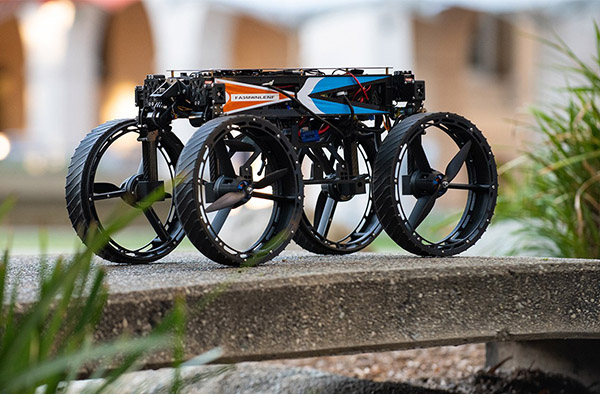
Found in Robotics News & Content, with a score of 2.51
…M4, which now could be part of future NASA Mars Rover missions. The M4 Morphobot is powered by the NVIDIA Jetson platform for artificial intelligence at the edge and robotics. The institute called the robot the M4 because it can fly, drive, walk, and do eight permutations of motion through a combination of its skills. “It grew in the number of functions that we wanted to do,” said Gharib, a professor of aeronautics and bioinspired engineering at Caltech, in a blog post. “When we proposed it to our design team, at first, they all said, ‘No.’” NASA JPL continues development…
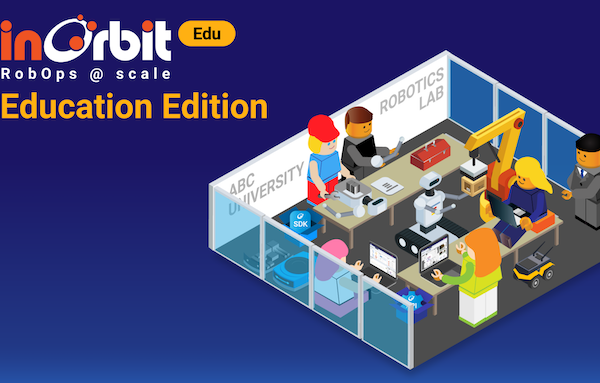
Found in Robotics News & Content, with a score of 0.74
…at a hospital, or designing robots to go to Mars.” InOrbit offers RobOps to educators Mountain View, Calif.-based InOrbit said its RobOps platform empowers developers and end users to maximize the potential of every robot at scale. The company said its multi-cloud platform enables efficient robot operations. It also provides observability through secure, real-time analytics and data collection, robot performance monitoring, incident response, and root-cause analysis. The InOrbit Education Edition delivers key benefits to teachers and students, said InOrbit: Free forever: RobOps tools available at absolutely no cost for any number of users and an unlimited number of robots. Easy…
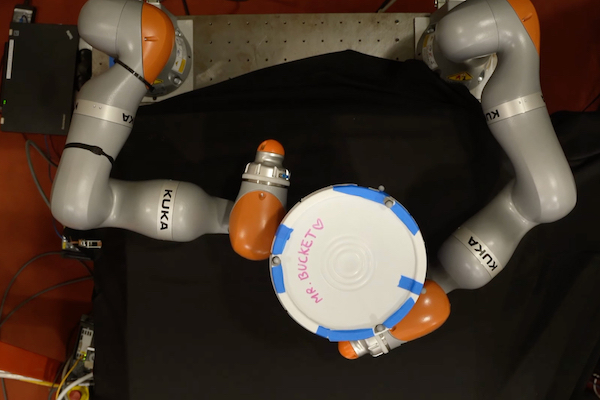
Found in Robotics News & Content, with a score of 0.33
…be useful in robots sent on exploration missions to Mars or other solar system bodies, since they could adapt to the environment quickly using only an onboard computer, said the institute. “Rather than thinking about this as a 'black-box' system, if we can leverage the structure of these kinds of robotic systems using models, there is an opportunity to accelerate the whole procedure of trying to make these decisions and come up with contact-rich plans,” said H.J. Terry Suh, an electrical engineering and computer science (EECS) graduate student and co-lead author of a paper on this technique. Joining Suh on…
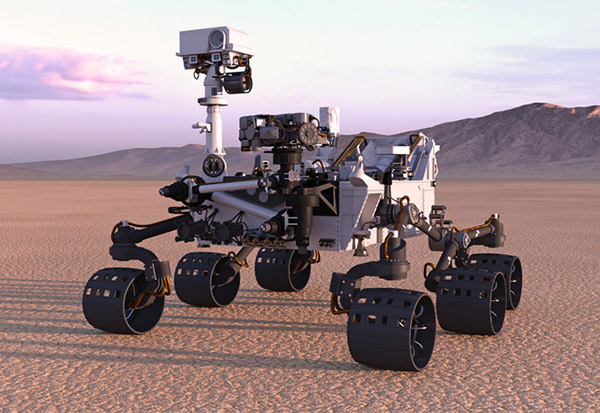
Found in Robotics News & Content, with a score of 1.94
…claim that he could send 1 million people to Mars by 2050 in January 2020, many space exploration pundits and scholars have tried to identify the achievability of that statement. From collecting samples from the moon's surface to setting up a colony on Mars, it turns out that humans alone aren't enough because of adaptability and risk factors. Not only is choosing a robot for space missions a safer way, but it’s also at least 50x more economical. The Apollo program, which was completed successfully in 1972, cost the U.S. $25.4 billion back in 1973, which is equivalent to about…
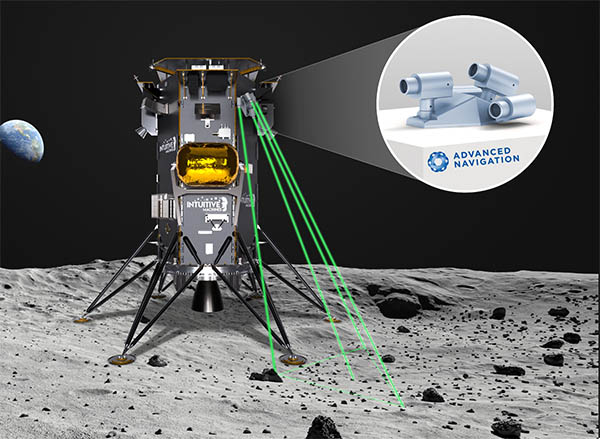
Found in Robotics News & Content, with a score of 1.28
Advanced Navigation has been awarded a Moon to Mars Initiative: Demonstrator Mission Grant by the Australian Space Agency to support NASA’s endeavor to explore the Moon and beyond to Mars. The grant will accelerate the development and production of the company’s light detection, altimetry and velocimetry (LiDAV) technology, the Sydney, Australia-based Advanced Navigation said. Supported by this award, Advanced Navigation said it will deliver a space-qualified LiDAV sensor called LUNA (Laser measurement Unit for Navigational Aid) to US-based space systems company, Intuitive Machines, as part of NASA’s ongoing Commercial Lunar Payload Services (CLPS) program. Project LUNA will ultimately be demonstrated…
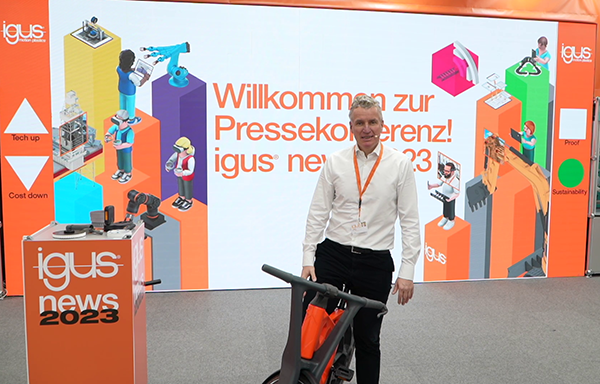
Found in Robotics News & Content, with a score of 0.40
…fun in their professions.” Another VR experience allowed a user to teleoperate a dual-armed robot in a simulation of Mars exploration. igus also offered a VR tour with its igus:bike, which is largely made of recycled plastic and is designed to avoid corrosion. The bicycle will be available for order in August, and igus' Chainge program recycles its materials with minimal performance degradation. Editor's note: igus paid for media travel to Hannover Messe.
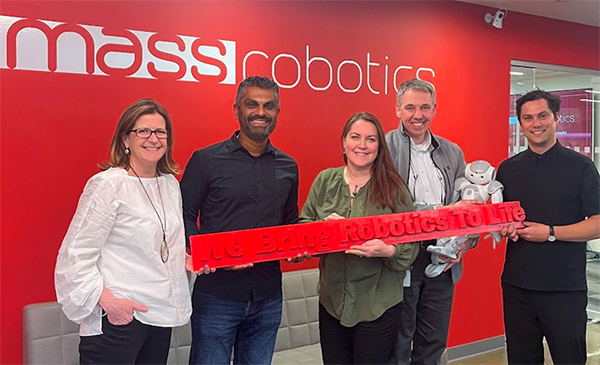
Found in Robotics News & Content, with a score of 0.79
…requirements for precision are stringent, such as in NASA's Mars rovers, surgical power tools, humanoid robots, and industrial automation applications. To maintain its more than 60 years of leadership, maxon said it invests a “considerable” share of its annual revenue in research and development. The company has more than 3,500 employees at nine production sites and is represented by sales companies in more than 30 countries. maxon in Massachusetts With full engineering design services, technology development, and drive system manufacturing capabilities in Massachusetts, maxon said it helps design engineers reduce their time to market. The company said it will work…
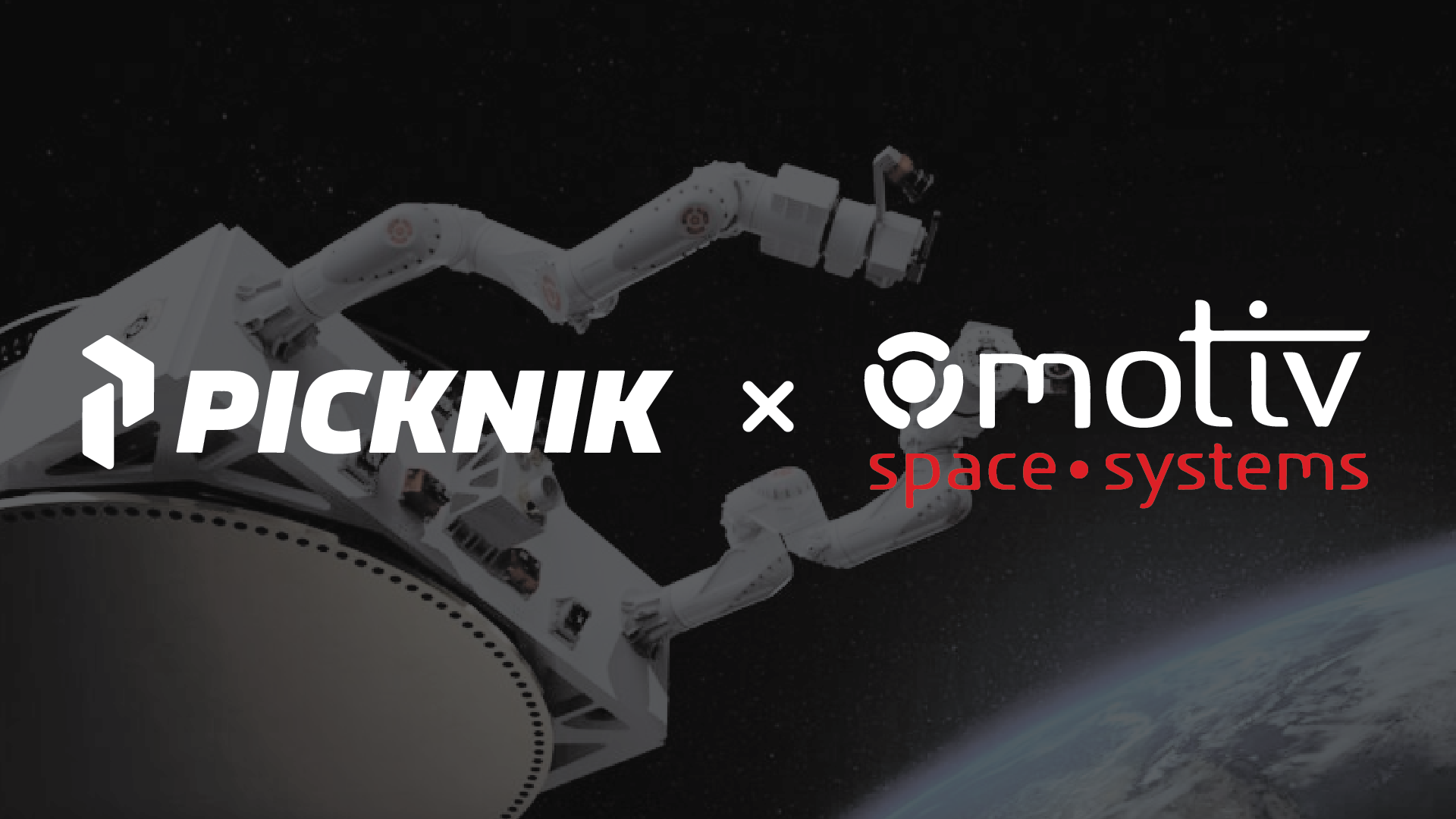
Found in Robotics News & Content, with a score of 0.81
…commercial and scientific applications, including Earth orbit, the Moon, Mars, and beyond. Among its contracts was the xLink robot arm, which is designed for extravehicular activity (EVA) and intravehicular activity (IVA) applications. In collaboration with NASA's Jet Propulsion Laboratory (JPL), the Pasadena, Calif.-based company has also been developing the COLDArm robotic system for operation in cryogenic temperatures down to -180°C for operations in the permanently shadowed regions on the lunar surface. Under the memorandum of understanding (MOU), the two companies will jointly pursue applications in the ISAM domain using Motiv's hardware and PickNik's MoveIt Studio for high-level robotics control. PickNik…
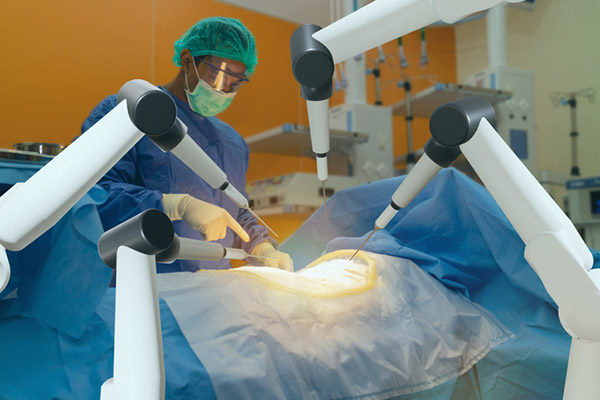
Found in Robotics News & Content, with a score of 1.69
…regulatory filings and commercialization of its Magnetic-Assisted Robotic Surgery (MARS) platform. The MARS platform adds various clinical benefits to the Levita Magnetic Surgical System, it said. Levita Magnetics added that the MARS platform will provide surgeons with increased visualization and control over equipment. The company said funding will also help it advance robotics innovation and usage for surgeries. Dr. Alberto Rodriguez-Navarro, the founder and CEO of Levita Magnetics, claimed that MARS will allow patients undergoing abdominal surgeries to suffer less pain and have less scarring than before. Moreover, magnetic-assisted robotic surgery will enable faster recovery for patients than conventional bariatric…
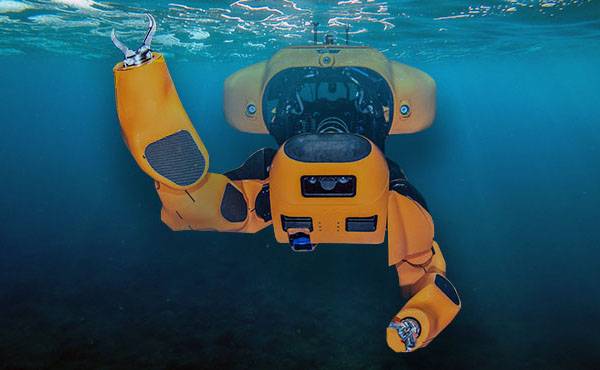
Found in Robotics News & Content, with a score of 0.40
…the true final frontier. If sea levels are rising within the century, the solution is not to go to Mars.” “Venture capital firms should spend more on the oceans,” asserted Radford. “The past 40 years have been invested in the digital world, but the next 100 years will be identified by the ubiquitous manipulation of the physical world.”
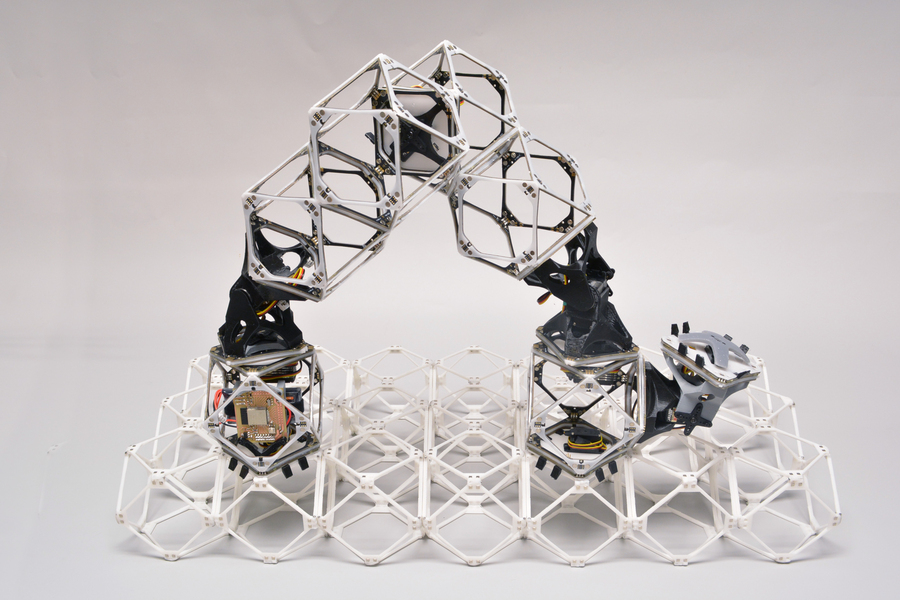
Found in Robotics News & Content, with a score of 0.49
…to national defense. In fact, these robots could even autonomously build structures in orbit or on the Moon or Mars one day. MIT’s self-building, autonomously scaling modular robotics system is a vital step forward in engineering technology. About the author Emily Newton. Emily Newton is a tech writer who enjoys writing about the latest innovations changing our world. Read more of her articles online at Revolutionized Magazine.



